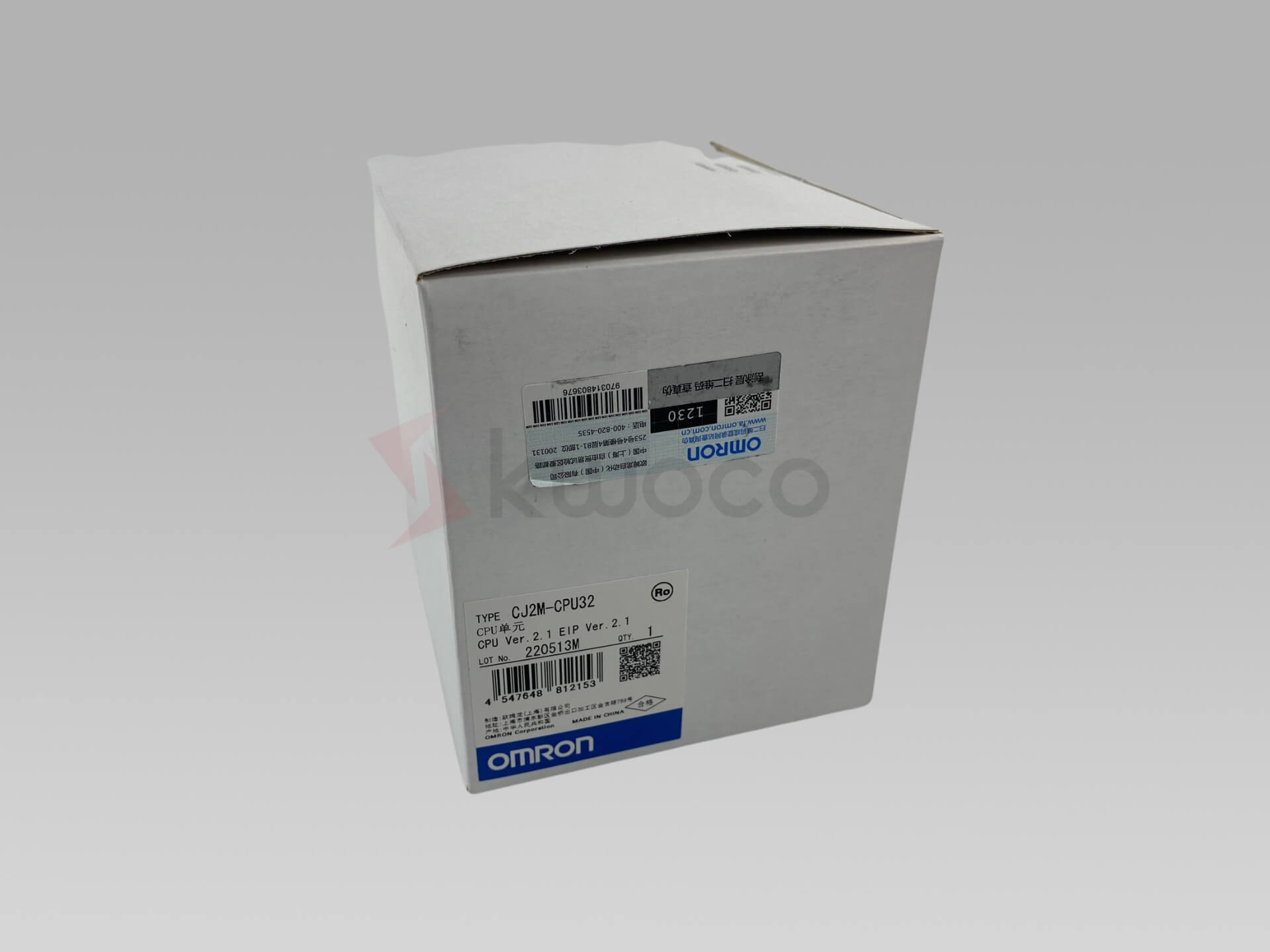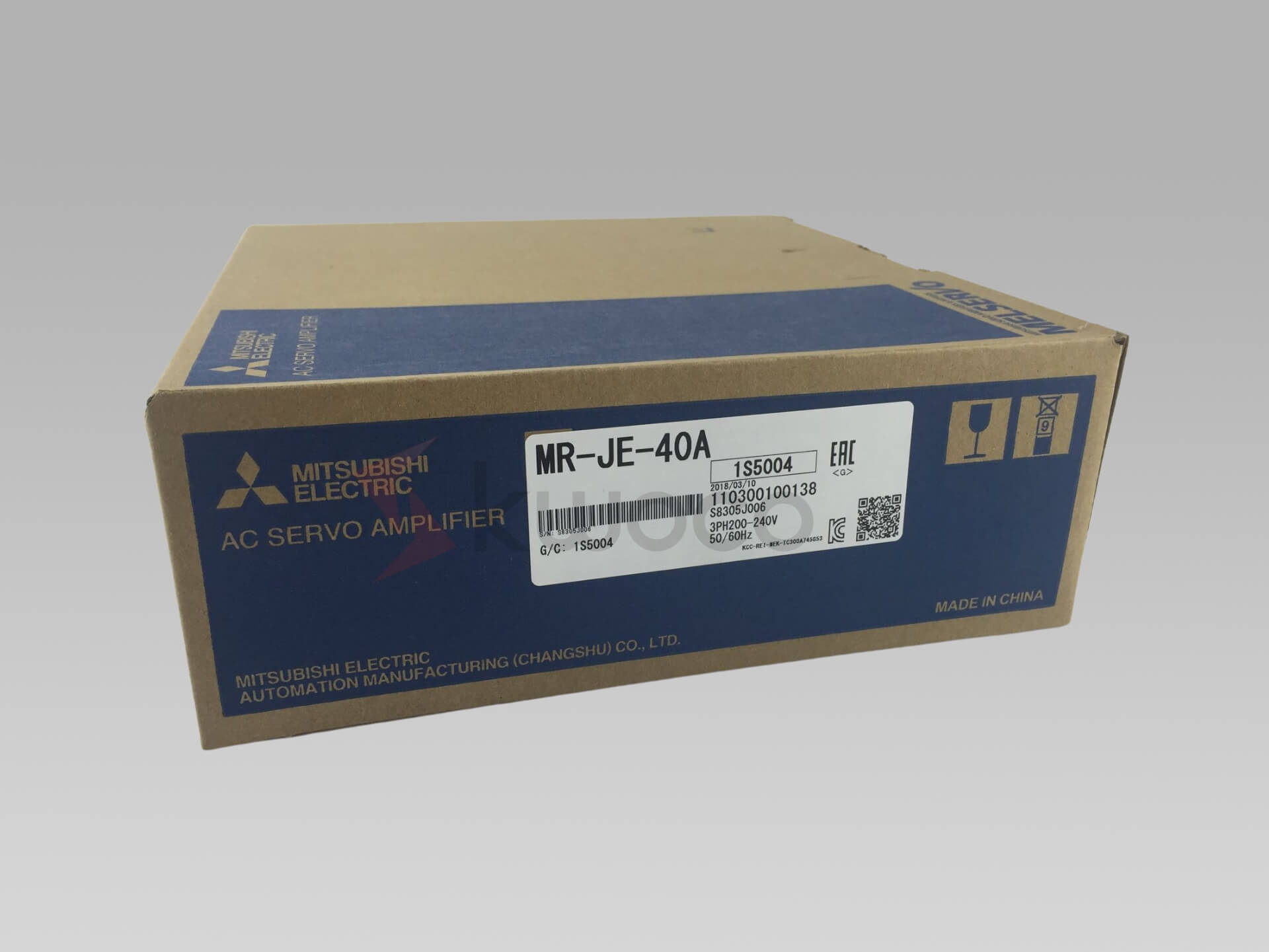Master Ladder Logic: Amit tudnod kell
- kwoco-plc.com
- 2024. október 13
- 8:21 du.
A Ladder Logic programozás egy programozási nyelv, amely a IEC 61131-3 szabvány, különféle automatizálási eszközök vezérlésére tervezték. Koncepciója egyértelmű: a bekötési áramkörökhöz hasonlóan bemeneti és kimeneti eszközöket is csatlakoztathat, és logikai feltételek alapján hajthat végre feladatokat.
- Egyszerűen fogalmazva, a Ladder Logic lehetővé teszi a gépek számára, hogy „gondolkodjanak” és hajtsanak végre feladatokat. Például, ha megnyomnak egy gombot, vagy egy érzékelő változást észlel, a PLC az előre megírt logikát követi olyan műveletek végrehajtásához, mint például a motor vagy szelep nyitása.
Merüljünk el, és nézzük meg, hogyan változtathatja a Ladder Logic PLC-jét mestervezérlővé!
Tartalomjegyzék
A Ladder Logic legfontosabb jellemzői
A Ladder Logic egy PLC programozási nyelv, amely követi a IEC 61131-3 szabvány, és széles körben használják az ipari automatizálásban. Ez a grafikus nyelv a hagyományos továbbítási logikát szimulálja, így a kódolási háttérrel nem rendelkező felhasználók számára könnyen érthető.
Főbb jellemzők
- IEC 61131-3 megfelelőség: A szabvány lefedi a Ladder Logic-ot és más PLC programozási nyelveket, mint például az utasításlista (IL) és a strukturált szöveg (ST), javítva a PLC-programozás következetességét.
- Működési elv: Az elektromos áramköröket utánozza a bemeneti eszközök (például gombok vagy gombok) összekapcsolásával érzékelők) kimeneti eszközökkel (például motorokkal vagy szelepekkel) egy logikai úton. A PLC szekvenciálisan vizsgálja a bemeneti állapotokat, és a logikai feltételek alapján indítja el a kimeneteket.
- Grafikus kifejezés: A Ladder Logic a kódot szimbólumokkal helyettesíti, lehetővé téve a felhasználók számára, hogy vezérlőlogikát építsenek fel vízszintes létrafokok függőleges síneken keresztüli összekapcsolásával, hasonlóan az áramköri diagramok olvasásához.
Ez a könnyen elsajátítható és intuitív felépítés a Ladder Logic-ot az egyik legnépszerűbb automatizálási nyelvvé teszi, amely ideális kezdők és a relérendszereket ismerők számára.
A létralogikai program kulcsfontosságú összetevői
Sínek és lépcsők
A sínek függőleges tápvezetékek, amelyek meghatározzák a bemeneti és kimeneti határokat. A létrafokok vízszintes összeköttetések a sínek között, utakat képezve, amelyek logikai műveleteken keresztül kapcsolják össze a bemeneteket és a kimeneteket.Bemenetek és kimenetek
A bemenetek, például a gombok vagy érzékelők jeleket küldenek a PLC-nek, és normál nyitott (NO) vagy normál zárt (NC) érintkezők képviselik őket. A kimenetek, mint például a motorok vagy lámpák, a bemeneti feltételek alapján aktiválódnak, és relé tekercsként jelölik.Logikai operátorok
A logikai szimbólumok, például az ÉS és a VAGY meghatározzák a bemenetek közötti kapcsolatot:- ÉS Logika: Csak akkor aktiválja a kimenetet, ha minden bemeneti feltétel teljesül.
- VAGY Logika: Aktiválja a kimenetet, ha bármelyik bemenet teljesül.
Időzítők és számlálók
- Időzítők: Késlelteti az eszközök aktiválását vagy deaktiválását.
- Számlálók: Kövesse nyomon a bemeneti események számát, támogatja a felfelé és lefelé történő számlálást.
Címke nevek és címek jelölése
Minden bemenethez és kimenethez tartozik egy memóriacím és egy címkenév, így a programozók könnyebben azonosíthatják és kezelhetik az eszközállapotokat.Megjegyzések és dokumentáció
A megjegyzések tisztázzák az egyes lépcsőfokok logikáját és működését, segítve a többi mérnököt a program megértésében és karbantartásában.
Ezek az elemek kombinálva robusztus vezérlőrendszereket hoznak létre, amelyek hatékony megoldásokat kínálnak az automatizálási projektekhez.
A létralogikai programozás alapvető elemei
Mik azok a sínek és lépcsők?
- Sínek: Jelképezi a tápvezetékeket, általában a bal oldalt a tápellátáshoz, a jobb oldalt pedig a semleges vagy földeléshez.
- Lépcsőfokok: A vezérlési logikát reprezentáló vízszintes utak, ahol a bemenetek és a kimenetek áramköröket alkotnak. A logika balról jobbra halad, és a kimenet aktiválódik, ha a feltételek teljesülnek.
Logikai kifejezések és feltételek
- ÉS Logika: A kimenet aktiválásához minden feltételnek igaznak kell lennie.
- VAGY Logika: Aktiválja a kimenetet, ha legalább egy feltétel teljesül.
Ezek a logikai kapcsolatok biztosítják az automatizált rendszerek zökkenőmentes működését, például a futószalag elindítását csak akkor, ha két érzékelő érzékeli a tárgyakat.
Gyakori buktatók a létralogikával kezdők számára, és hogyan lehet őket elkerülni
- Túlbonyolító logika: Legyen a program egyszerű és könnyen karbantartható.
- Elfelejti a programok mentését és feltöltését: Mindig ellenőrizze, hogy a változtatások fel lettek-e töltve a PLC-re.
- Az eszközcsatlakozások félreértése: Győződjön meg arról, hogy megértette az egyes bemenetek és kimenetek működését az áramkörön belül.
Miért érdemes létralogikát tanulni?
Az automatizálásban a Ladder Logic a PLC programozás „univerzális nyelve”. A gyártósorokon lévő robotkarok vezérlésétől a vízszivattyú-műveletek irányításáig terjedő feladatokra használják. A Mastering Ladder Logic lehetővé teszi, hogy pontos utasításokat adjon a gépeknek, és alkalmazkodjon a különféle automatizálási projektekhez.
Ha azt tervezi, hogy dolgozni Omron vagy Mitsubishi PLC-k, a Ladder Logic elsajátítása elengedhetetlen.
Erősítse meg projektjeit vadonatúj, eredeti Omron, Mitsubishi, Schneider PLC segítségével – raktáron, készen áll!
Gyakran ismételt kérdések a létralogikáról
Mik a létralogikai programozás alapfogalmai?
A Ladder Logic egy grafikus nyelv, amelyet PLC-khez terveztek, és szimulálja a relévezérlő rendszereket a bemenetek és kimenetek létraszerű szerkezetben történő felhasználásával. Intuitív, még a korlátozott programozási ismeretekkel rendelkező felhasználók számára is.Mi a létralogika öt alapszabálya?
- Olvass balról jobbra, fentről lefelé.
- A bemenetek a bal oldalon, a kimenetek a jobb oldalon találhatók.
- A logika bináris állapotokon alapul (igaz/hamis, 1/0).
- Legyen egyszerű a logika a jobb karbantartás érdekében.
- A folyamatos szkennelés valós idejű választ biztosít.
Mik az alapvető utasítások a létralogikában?
- ÉS: Csak akkor aktiválja a kimenetet, ha minden feltétel igaz.
- VAGY: Aktiválja a kimenetet, ha bármely feltétel igaz.
- Időzítők: Késleltetett aktiválás vagy deaktiválás.
- Számlálók: A bemeneti események nyomon követése és kezelése.
- Beállítás/Visszaállítás: A kimeneti állapotok karbantartása vagy visszaállítása.
Melyek a létralogika alapvető műveletei?
- Beviteli állapot olvasása: A PLC átvizsgálja a bemeneteket, hogy rögzítse az állapotukat.
- Hajtsa végre a logikai ítéleteket: A bemeneteket a logika szerint értékeli.
- Kimeneti állapot frissítése: Logikai feltételek alapján aktiválja a kimeneteket.
- Ciklikus szkennelés: Folyamatosan ellenőrzi és végrehajtja az időben történő reagálást.
Ezek a műveletek alkotják a PLC-rendszerek magját, így az összetett automatizálási feladatok kezelhetők.
Következtetés
A létralogika elsajátítása nem nehéz, ha megérti alapelveit, és néhány egyszerű projekttel gyakorol. A raktáron lévő több mint 30 millió automatizálási termékkel, amelyek mindegyike új és eredeti, a Kwoco globális gyors szállítást kínál az Ön automatizálási igényeinek kielégítésére. Kérdései vannak? Nyugodtan írjon nekem e-mailt a következő címre: [email protected].
Lépjen kapcsolatba velünk
Csak töltse ki nevét, e-mail címét és kérésének rövid leírását ezen az űrlapon. 24 órán belül felvesszük Önnel a kapcsolatot.
Ezeket a témákat is érdekesnek találhatja

Az Omron PLC-k 10 legfontosabb jellemzője, amelyek iparágvezetővé teszik őket
A programozható logikai vezérlők (PLC) képezik a modern ipari automatizálás gerincét, és az Omron folyamatosan az élen jár e technológia területén. Az Omron PLC-k megbízhatóságukról, sokoldalúságukról és fejlett funkcióikról híresek, így világszerte a legjobb választás az iparágak számára. Ebben a cikkben megvizsgáljuk az Omron PLC-k 10 legfontosabb funkcióját, amelyek megkülönböztetik őket iparági vezetőként.

Elektromos relé: A különböző típusú relék megértése
Ez a cikk a relék lenyűgöző világába nyúlik bele, feltárja különféle típusaikat, funkcióikat és alkalmazásaikat. Az ipari automatizálási szektor vezető szolgáltatójaként megértjük, hogy a relék milyen kritikus szerepet játszanak a gép- és berendezésgyárakban, gyártóüzemekben és gyári megoldásokat gyártó cégekben. Ez az átfogó útmutató nemcsak a relék megértését segíti elő, hanem azt is bemutatja, hogy az ipari vezérlési termékek terén szerzett szakértelmünk miért tesz minket ideális partnerré automatizálási igényeinek kielégítésére.

Alapvető útmutató a PLC-rendszerekhez mérnökök számára
Alapvető útmutató a PLC-rendszerekhez mérnököknek Szeretné ésszerűsíteni ipari automatizálási folyamatait, de nem tudja, hol






